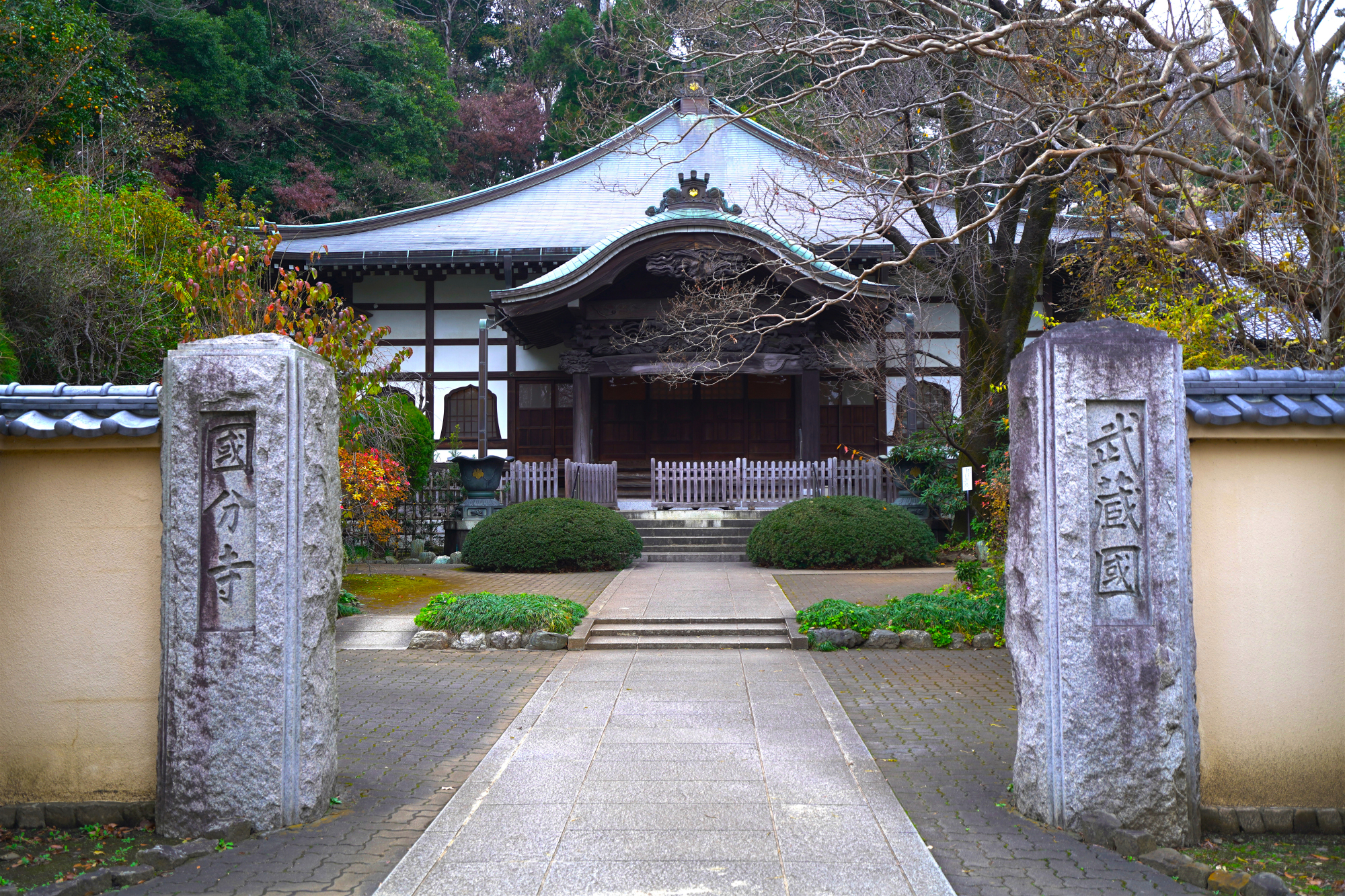From the south exit of Kokubunji Station, in Tokyo's western reaches, a geographical rift propels me downhill, into the depths of the area's history.
Where the slope levels off, I find a narrow canal of pellucid waters spanned by a small, nondescript stone bridge; dubbed Ishibashi back in 1745. Locals erected a monument in 1832 to thank the bridge's stones for allowing pedestrians to tromp on them, and also to request that the gods prevent diseases and plagues from crossing into their village. Another memorial boulder nearby is dedicated to Fudo Myoo (a Buddhist deity, also known as Acala), and this, a nearby signboard reads, might account for the current name of the bridge: Fudobashi.
Continuing along the canal upstream I cross another bridge, this time unnamed and unthanked, and discover the waterway nearly covered by steel H-beams, set at close intervals. I ask a few locals if they might know anything about the structures, but no one has a clue.



